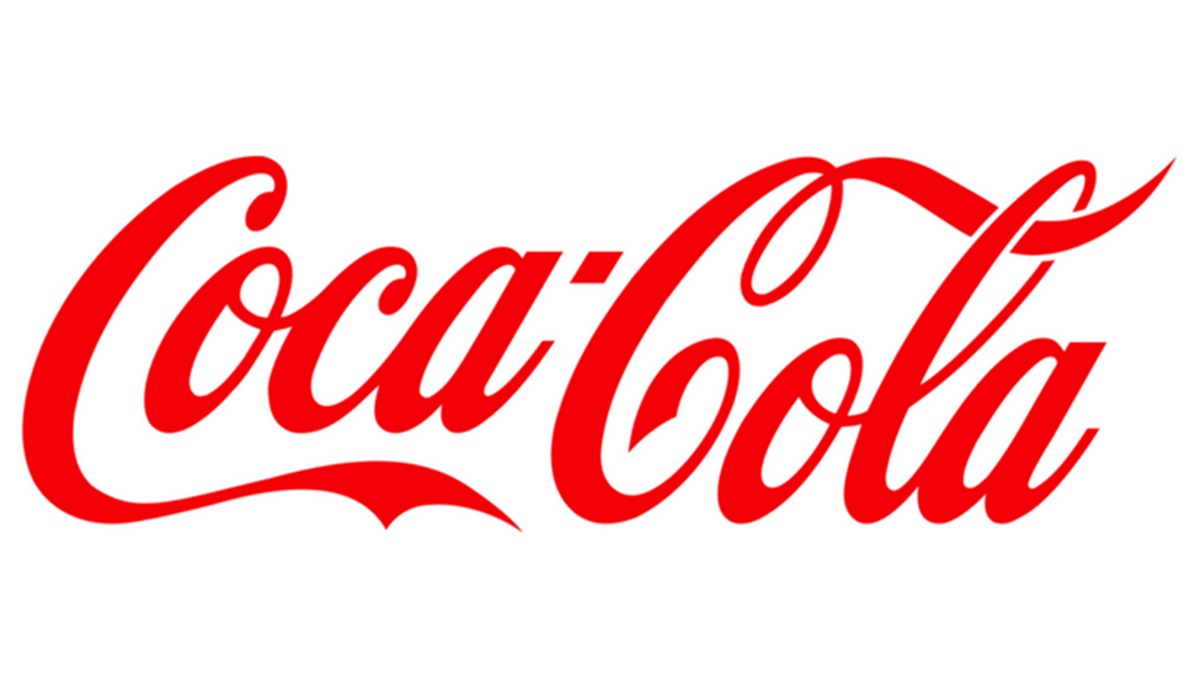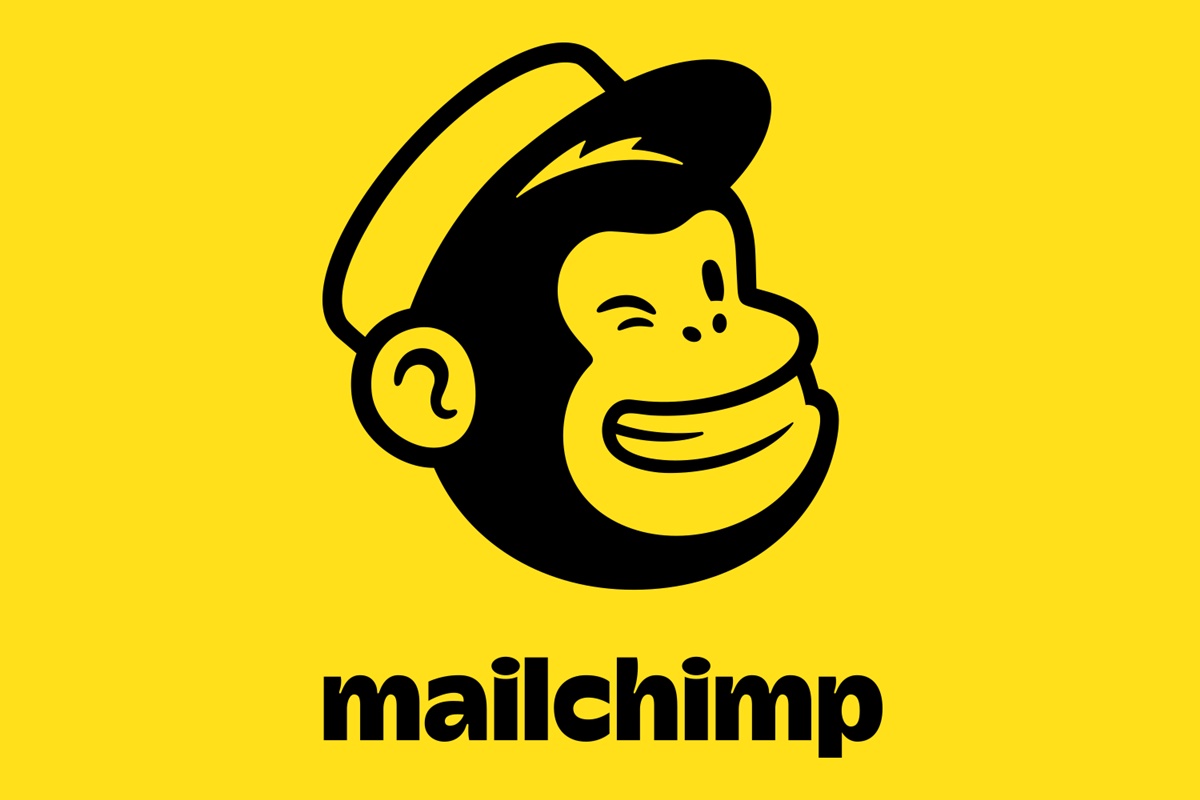What is Product Marketing? How to do It The Right Way?
Product marketing is such one of the latest and most important trends in marketing software nowadays. Focusing on products, marketing, and sales, people find it hard to maintain and to define clearly. You can not find a complete definition of Product marketing anywhere, even on huge searching engines like Google, Bing, etc. Though following marketing convention, it does not refer to selling products or marketing with products as a channel. It involves enhancing brand awareness and nurture prospects into target customers via different contents.
In this article, we will give you a brief and entire definition of Product marketing. This post will also help you learn more about how to apply it the right way for your career and business.
What is Product Marketing?
In general, product marketing is the process of bringing a product to market, which involves promoting and selling process of it to customers.
The fact is that product marketing does not happen only before but after a product launch. It will not stop when the product has gone to market. After the product launch, product marketing ensures that the right people know well about the product and the guide to do it. Then, their feedbacks will be listened to over the product’s cycle. This means that marketers have much more to do than expected. Their missions are developing the messaging and passing it to anyone else within the company. Product marketing enables all the other marketing activities as the way marketing does to sales.
As you can see, product marketing refers to understanding products, target customers, and then using strategy and messages to promote revenue and demand for the products. Also, product marketing has a huge influence on the manufacturing of the product.
To sum up, marketing a product involves two processes:
- Understanding the market and creating the product: In this process, marketers need to undertake some activities like researching about alliances, competitors and customers, persona development and segmentation, or updating the prices.
- Communicating the product to the market: Product marketers will engage in creating content, promoting the product, or managing the launch.
Why is product marketing important?
The process of marketing a product is a crucial part of the business’s marketing strategies. This process helps your product gain its maximum potential among target customers. To see how important it is, you need to know what it does:
- Understand your customers better
- Target your buyer personas effectively
- Learn about your competitors (products and marketing tactics)
- Ensure the marketing, product, and sales teams are all on the same page
- Position the product appropriately in the market
- Boost revenue and improve sales
In addition, product marketing helps you improve products over time. It does not stop with the sale of the product but helps communicate products to audiences initially. By creating a feedback loop, it is boosting your products’ quality. Marketing is maybe not concerned with the onboarding process. However, the first 30 days stage is especially important because the customer’s experience is established at this time.
As you know, when buying a product, customers will realize and understand the problem they have but may not know how to apply your products to solve their problems. Therefore, product marketing will ensure a quick transition from sales to service.
Product marketing’s success also depends on you, as a product marketer and your products. Therefore, you should consider some of the questions below to make sure your products dominate among many other competitors:
- Today’s market: Whether your products are suitable or not?
- Target customers: Does your product meet their needs? Is this product appropriate for our customers today?
- Are there any features that make your products unique from similar products of our competitors?
- Are there any failed products of the past that you decide not to sell ever again? If yes, why not? What is its minus point leading to the failure?
As mentioned, product marketing refers to a strategic marketing perspective. So, you can ensure your products are successful among customers in your current market. As a product marketer, you should concern about some responsibilities. Those responsibilities vary based on the industry you are in, your company, products, or resources. Some of the general responsibilities include:
- Identify the buyer’s personalities and target customers
- Create a successful product marketing strategy
- Get a capable team with three main positions: a manager, product creators, and sales who help you attract the right customers for your new product
- Know your product’s positioning in the market
- Search for the needs of target audiences and make sure your products meet their needs
- Keep your product appropriate over time
How to do marketing for your products?
Formative Research
Before defining the target customers and going deeper into the strategic plan, all product marketers should look at the industry, organization, and other internal and external environments that influence the product marketing process. In the stage from some weeks to months prior to a product launch, marketers should work with the developers to test the product. This testing process may be made via controlled beta environments.
Define your product’s target customer and buyer’s personalities
As mentioned above, one of the crucial roles a marketer undertakes is characterizing target customers and building buyer personas. Remember, different products have different target audiences.
By this step, you will understand what your customers are, what they need, challenges, pain points, etc. So, you can turn your product into a perfect one that is tailored to that target customer and persona. The products, together with their marketing content will work well with your audience.
Positioning and messaging
This step is taken in order to make your products unique from others. After researching customers, industry, and organization, now you know how your products solve challenges or customers.
Differentiating your products from those of competitors is important. They solve the needs of audiences in the same way as you, so you should be the best option for customers to choose from. How to set your product apart depends on positioning and messaging. It answers the questions arising in the customer’s minds anywhen they consider your products. Also, it turns those answers into the main points behind your product’s marketing strategy.
If you are a product marketer, you have to ensure your customer know the answer without digging around or make any assumptions about them. Some of the questions you need to answer before positioning and messaging may be:
- What makes your product unique?
- What can your products do better than competitors
- What will your customers get out of your product that they cannot get from your competitors’ products?
- Why should your customers trust and invest in you and your product?
After answering these questions, you can assemble them into one, which captures your positioning and messaging. To get it, follow the steps below:
- Turn those questions into an elevator pitch
- Use action words to amaze your customers
- Balance your statement tone to ensure it matches the tone of your brand
- Focus on the benefit of your product
When positioning and messaging, one tip is to let the sales, product, and the broader marketing teams know about what you do around the product so that they can transfer the same information to current customers. By that, you can make sure the whole company is consistent in the content, and your support team can also help you work with your customers who’ve already invested in the product.
Set product goals
Then, you will come to the next step of setting objectives for products. These goals are different based on your product, the type of company, and also the overall marketing goals of your plan. Normally, the goals should be specific to your product and company. Let’s look at some general goals marketers usually aims to get:
- Boosting revenue
- Increasing market share
- Improve brand recognition
- Gain customers’ engagement and preferences
- Attract customers from competitors
It is fine to combine more than two goals or just one to focus on. Just make sure your goals are specific, attainable, realistic, and time-bound.
Price your products
After setting goals for your product, you have to consider the price of it. Discuss with your teams and decide how much your products cost. In this step, you can take into account competitive pricing and value-based pricing.
Competitive pricing means that you set the price based on other similar products that competitors sell. This type of pricing is suitable for those who manufacture a product having the same features and benefits many other companies’ products have.
If you ensure your products are better than others, you can totally choose to set a higher price for your products, above similar ones on the market. To evaluate the pricing correctly, you should study more about financial reports and industry trends.
When it comes to Value-based pricing, you are allowed to maximize your profit. Being time-consuming, it is suitable for businesses that sell unique products with few or no competitors on the market or one with new features.
Launch your products
Launching the products that you have marketed for the whole time is the most crucial part. First, you should start with a written launch plan. It is a crucial part of every product marketing team, which helps spell out the last stage of the process and decide who takes what responsibilities at each point. Then, in the launch meeting part, everyone that involved meets on the day your products are rolled out. It is considered as the climax of a marketing campaign.
There are two main parts to be focused on which are the internal launch and external launch.
Community Engagement and Sales Enablement
It is the step for marketing team to capitalize on the feedbacks and what the market is saying about them. It involves connecting with alliances, Kols, influencers, or customers. When it comes to sales enablement, it is the sales team’s job to develop a strategy around these new opportunities.
How to differentiate product marketing from other marketing activities?
It is easy to get confused when differentiating product marketing from other marketing activities. Now we will show you some differences between them.

Product Marketing and Marketing
Marketing is generally a broader activity which is responsible for communicating with customers. Marketing refers to content marketing, performance, brand marketing, and more.
Whereas, product marketing focuses on turn your products into the best option for the market and at the same time, shape the product. People working in the product marketing process take a core play and should work closely with product teams.
Product Marketing and Product Management
Product Management does some of the tasks which product marketing do on the side:
-
Product management is responsible for bringing the needs and feedbacks of audiences to the product team. Then, they will translate it into user stories and features for the following purposes.
-
Product management should own product adoption. It is the same responsibility with product marketing which will then own the channels for communicating features
Product Marketing and Sales Enablement
Sales enablement is such an important component in B2B (Business-to-Business) organizations which will provide the sales teams with the necessary resources to succeed. As mentioned above, one of the product marketer’s roles is sales enablement but it is not the only important part.
-
In organizations led by sales activities, product marketers will do much of sales enablement
-
In product-led organizations, they will, of course, do a lot of product growth work
Product Marketing and Customer Success
The easy-to-see similarity is that both activities concern about driving product usage and helping customers extract value from the software. However, product marketers will care about new customers, revenue, and features, whereas customer success teams will focus more on existing ones. Another difference is that product marketing teams use more traditional marketing channels to undertake their roles, while customer success uses more traditional customer engagement channels.
Examples of product marketing strategies
Let’s review three examples of successful brands to let you understand more about how vital product marketing is.
Apple
Apple is such a famous name in the technology industry. Its products are popular for modern design and useful features. What makes Apple’s product marketing successful is that their products are more expensive than competitors because they focus on user benefits instead of just product features.

On marketing new products, Apple not only lets users know its impressive features, but it also tells consumers who they could be and how they could work if they own Apple’s products. Using products, they tell stories and persuade people to purchase.
Coca-Cola
Coco-Cola has become a truly global household name that consumers all over the world tend to prefer Coke to other soft drinks. 95% of people around the globe recognize this brand together with its red and white logo.

Coca-cola product marketing teams successfully create such a huge recognition for the brand that makes it dominate in the F&B industry. Some of its success is its highly targeted positioning, repetitive advertising, and consistent branding.
MailChimp
Like Apple, MailChimp is an email marketing tool that focuses not only on product features but also on the benefits for the end-users. MailChimp is always the best option for people to choose among multiple other email marketing providers.

The key factor highlighting it is that MailChimp always positions itself as a tool not just for email marketing but an all-in-one platform for business growth.
Conclusion
Product marketing is an important process that is bringing a product to market. A product marketer is responsible for many tasks and at the center of marketing, sales, and product teams. When developing your own product marketing team or create a marketing strategy, think about your target consumers, how to shape products, and whom you need to work with to make it successful.
We hope that this article is helpful for you if you are about to develop a product marketing strategy.
Related Posts:
New Posts
People also searched for
- product marketing
- what is product marketing
- product marketing examples
- product marketing strategy






